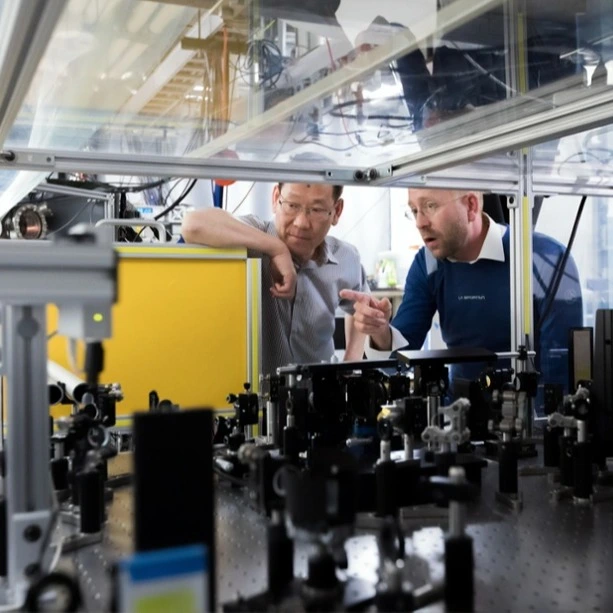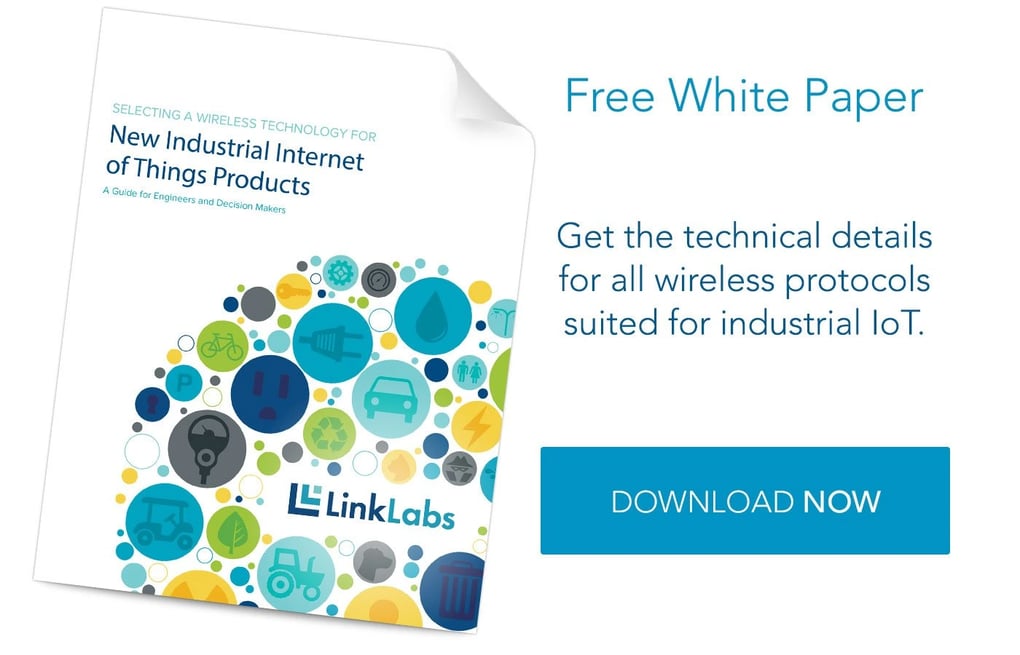The conversation around the Internet of Things (IoT) is too often centered around novelty items and household appliances, like connected refrigerators and toasters. While those types of devices offer value to some areas of the market, that’s not where we believe connected devices can make the most impact.
IoT applications are far more than connected gizmos—they are, in many cases, helping enterprise-level companies increase efficiencies, decrease costs, and drive revenue growth. Major organizations around the globe are using machine-to-machine (M2M) applications for cost savings:
- Intel generated $9 million in cost savings when it integrated IoT technology in a Malaysian manufacturing plant.
- Microsoft designed and implemented an IoT facility management solution for its Redmond, Washington, campus, and cut power consumption by 30%.
Within this article, we’ll take a look at six ways IoT and M2M applications can cut costs in large businesses, how each solution lines up with a specified core business focus area, and hypothetical situations for every solution.
1. Marketing & Sales: Sales Team Optimization
Spending marketing and sales dollars behind a data-driven customer funnel is (and should be) a high priority for organizations today. IoT applications can be used to gather customer insight, which can in turn drive sales optimizations. If a company is able to trigger alerts for cross selling and up-sell opportunities, is is able to be more efficient with its sales and marketing efforts. After all, sales and marketing departments want to be spending time selling to customers who are most likely to buy, and basing that information on customer-driven facts is ideal. By honing in on the right prospects, you’re able to to increase your value as an organization.
We aren’t fond of the frequently used “connected refrigerator” example here at Link Labs, but it is an easy example for sales team optimization. If a company creates a smart fridge with IoT technology, it would be able to tell the company when a customer’s water filter is about to expire. The customer with the bad filter could then be automatically added to a sales pipeline that would market to that specific need. Think of this from the customer’s perspective: If you get a call about a water filter and you actually need one, you’re going to be far more likely to consider the opportunity to purchase. You can imagine the analogy for industrial products where the replace costs could be much higher.
2. Operations & Manufacturing: Asset & Material Tracking
The ability to locate and monitor key assets—whether they’re raw materials or finished products—allows an organization to optimize its logistics, maintain proper inventory, prevent quality issues before they happen, deter and detect theft, and more. All of these cost savings can begin to add up when you’re dealing with enterprise-level asset tracking.
Imagine a large countertop manufacturer is losing money every quarter, because the amount of time it takes for them to find and manage the unique raw materials they need (and maintain inventory levels) is too long. Say this company finally wised up and decided to implement an IoT asset and material tracking system. Once it’s in place, they finally know what is in stock—and its location—which helps them to quickly find the raw materials in the storage yard. Additionally, this prevents them from selling a countertop that they no longer have in stock, which in turn improves the customer experience.
3. Product Development: Connected Quality Analysis
If a company can continually analyze field data from its products through remote sensor connectivity, it can do a much better job of predicting and analyzing causes of failure or incorrect actions. This data—often gathered in near real-time—can then feed back into the product design cycle and other complex systems.
One great example comes from Tesla, the high-end electric vehicle company. 29,000 Teslas were recalled by the National Highway Traffic Safety Administration for a software update in January 2014. Instead of having to arrange for nearly 30 thousand Teslas to get updated in a mechanic shop, Tesla issued an “over-the-air software update” that fixed the issue. Wired Magazine called this “the best example yet of the Internet of Things.”
4. Service & Support: Warranty Cost Management
If a company is able to continually monitor product usage, it can actually identify and prevent potential warranty compliance issues. Additionally, connected M2M devices can automatically notify operators when compliance issues occur, so the company can alert customers and help them avoid potential product failures.
Let’s look at an organization that manufactures swimming pool equipment, including water pumps. Say the pump is designed to operate with only a 10% duty cycle, but a customer is operating the pumps at 50% duty cycle. If the pump is IoT-enabled, the organization can warn the consumer that they’re using it the pump too often, and then explain (perhaps through an automated email) that it’s not designed to be used that way. By expressing that using the pump at 50% duty cycle instead of 10% could constitute in a voided warranty, the company may be able to get the user to become compliant before there is a failure.
5. Informational & Operational Technology: Automated Analytics & Actions
This may be the area with the most opportunity for M2M applications. Automated analytics allow systems to establish rules, business logic, and algorithms in near real-time. These functions can analyze and correlate all of a company’s unstructured transactional and sensor data to further optimize its business processes.
For example, by analyzing the data of power outages after storms, a large power company may be able to position field service technicians in the optimized locations during and after major storms. By doing this, the power company can help decreases outage times for the customer, which increases the value of the company itself and its profitability.
6. Direct-To-Customer Engagements: Customer Self Service
If devices are connected, businesses can allow customers to more quickly diagnose issues and resolve issues themselves based on the data that the organization gathers from the product. This is a disruption of the customer service market, and we believe it’s going to make waves.
Take a connected vacuum cleaner, for example. A manufacturer can add sensors throughout the vacuum. Once it senses that there is a problem area—for example, low suction—it can send that data in an email to the customer,warning them that their vacuum isn’t operating correctly. It could even go so far as to coach them through the troubleshooting steps based on the data. So instead of a customer having to parse through the user guide and figure out what the problem is, the vacuum can simply tell them, and then guide the user toward the right solution. While this is extremely helpful for the customer, it also helps the vacuum company save money by preventing any personnel from getting involved directly with the customer.
In Conclusion
Connected devices will revolutionize how we think about focus areas for all businesses. The first step toward this goal will be for the conversation to shift away from simple consumer-based use cases and instead focus more on business process optimization and value delivery. There is real hard dollar return on investment to be had, and these aforementioned examples are just a sample of the opportunity for IoT and M2M applications.




